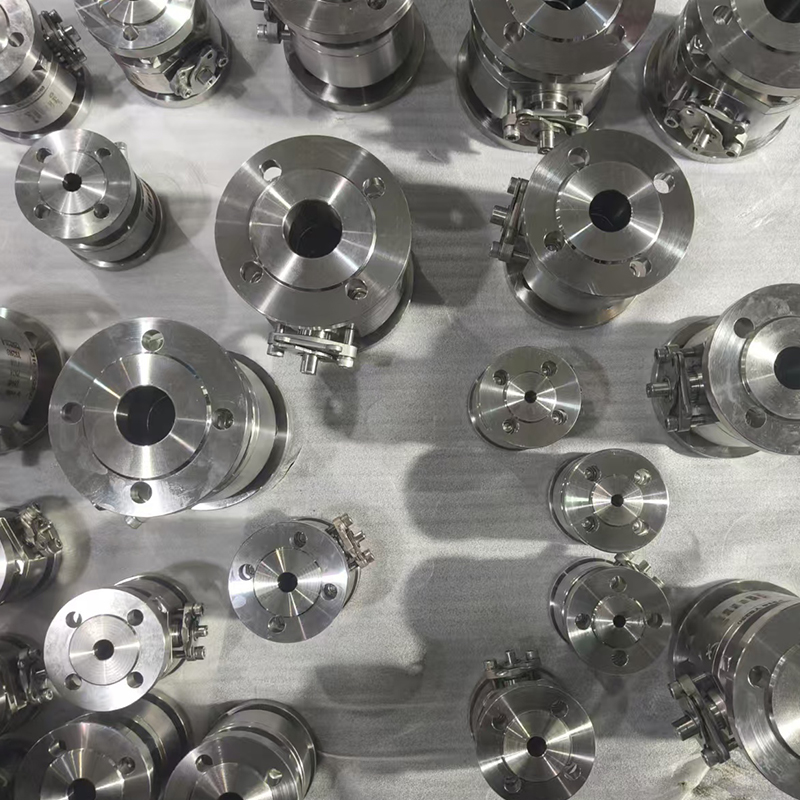
Float valves are essential components in fluid management systems. Whether used in water tanks, industrial reservoirs, or chemical containment systems, these valves help regulate the inflow of liquids by using a float mechanism that opens or closes the valve based on liquid levels. Among the many types available, the Heavy Duty Brass Float Valve, Stainless Steel Float Ball Valve, and Vertical Ball Float Valve each offer specific advantages for different applications.

The Heavy Duty Brass Float Valve is a commonly used valve in water supply systems, livestock troughs, and domestic storage tanks. Made from solid brass, this valve is valued for its strength, reliability, and resistance to mechanical wear.
Brass as a material is well-suited for moderate-pressure applications and can handle repeated cycles of operation over long periods. The heavy-duty variant of the valve typically features a thicker body and reinforced moving parts, which extend its service life. It also provides consistent performance in environments where vibration, high flow, or sudden pressure changes are present.
The float mechanism, usually attached to an arm, rises and falls with the water level. When the float reaches a certain height, it closes the valve to stop the flow, and when the level drops, it opens again. This automatic process minimizes manual oversight and reduces water waste.
Installation is straightforward, and the valve often includes threaded or flanged connections. Because of its simplicity and dependable operation, the Heavy Duty Brass Float Valve remains a practical choice for general water control systems where mechanical strength and ease of use are priorities.
In environments where corrosive fluids or aggressive cleaning agents are used, the Stainless Steel Float Ball Valve is a preferred choice. Built from corrosion-resistant alloys, these valves maintain their structural integrity and performance in harsh chemical or high-humidity conditions.
The primary advantage of this valve is its chemical corrosion resistance. Stainless steel, particularly grades such as 304 or 316, resists pitting, rusting, and chemical degradation. This makes the valve suitable for use in wastewater treatment plants, chemical processing systems, and food-grade fluid tanks.
The float ball, typically sealed and constructed from stainless steel as well, provides accurate control over liquid levels. The sealing mechanisms are often engineered to prevent leakage even under fluctuating temperature or pressure conditions. Unlike some plastic or brass alternatives, stainless steel does not degrade or swell when exposed to a wide range of chemicals, maintaining a tight and reliable shut-off.
In addition to chemical resistance, stainless steel valves are also hygienic, easy to clean, and comply with many safety and sanitation regulations. This makes them ideal in applications that demand both durability and cleanliness, such as beverage production and pharmaceutical processing.
The Vertical Ball Float Valve offers a space-efficient solution for managing fluid levels in tanks and reservoirs. Unlike traditional horizontal float arm designs, this valve uses a vertically aligned float mechanism, making it suitable for installations with limited side clearance or where a compact design is preferred.
This type of valve operates using a float that moves up and down along a vertical guide. As the liquid level rises, the float lifts, eventually triggering the valve to close. When the level drops, the float descends and the valve opens to allow more fluid into the tank. The mechanism is enclosed, reducing the risk of obstruction or damage from external interference.
One of the main benefits of the Vertical Ball Float Valve is its adaptability to narrow tanks or confined installation zones. Because it requires less horizontal space, it can be mounted in tight areas without compromising performance. It also works well in mobile or portable systems where vibration and movement could affect side-mounted float arms.
The valve body may be constructed from brass, stainless steel, or engineering-grade plastic, depending on the application. Maintenance is generally simple, and many models feature replaceable internal parts to extend service life.

